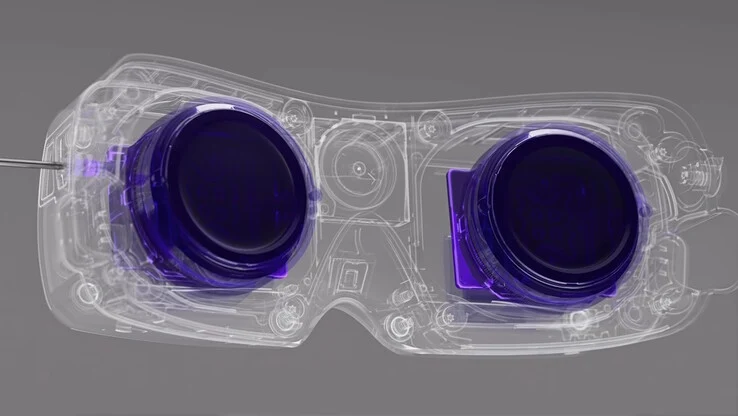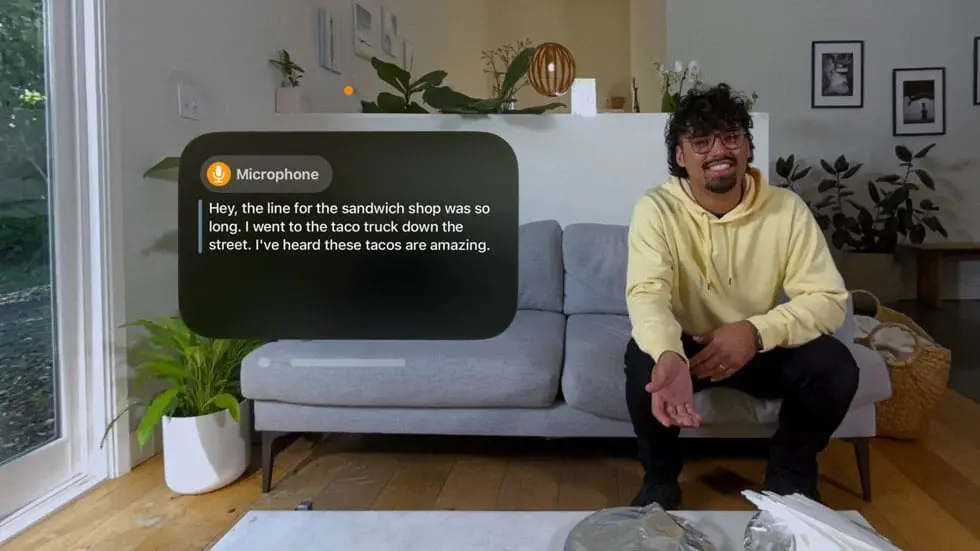Key Takeaways
1. The Bigscreen Beyond 2 VR headset features a high resolution of 5120 x 2560 pixels and two micro-OLED displays, with a refresh rate of 90Hz.
2. The headset’s pupillary distance is adjustable with a screwdriver, contributing to its lightweight design of 3.8 to 3.84 oz.
3. Unlike standalone devices, the Beyond 2 requires an external input and supports 6DoF via SteamVR, connecting to a computer with a 16ft cable.
4. An upgraded model, the Beyond 2e, includes eye tracking features but is slightly heavier, with foveated rendering still in development.
5. The base model is priced at $1,019, while the eye tracking version costs $1,219, with shipping expected to start in July.
Some fans of virtual reality may have heard about the Bigscreen Beyond VR headset, and now the company has released an upgraded model called the Beyond 2. This new VR headset boasts a resolution of 5120 x 2560 pixels and features two micro-OLED displays. Additionally, the specifications include a refresh rate of 90Hz and a pixel density of 32 PPD (pixels per degree).
Design and Adjustability
The pupillary distance can be adjusted using a screwdriver, unlike many other VR headsets that have automatic adjustments. Bigscreen likely made this choice to keep the weight down, as the Beyond 2 is quite light, weighing only between 3.8 and 3.84 oz, based on the specific model.
Performance and Connectivity
In contrast to the Pico 4 Ultra, which has been previously reviewed, the Beyond 2 is not a standalone device and requires an external input. It supports 6DoF via SteamVR. As is often the case with VR gaming, high performance is essential, and inconsistent frame rates can be more easily noticed compared to traditional gaming. The Beyond 2 can connect to a computer using a 16ft cable.
Additional Model and Pricing
Alongside the main model, Bigscreen has also launched the Beyond 2e. This variant is slightly heavier but includes eye tracking features. Though foveated rendering is still under development and not yet available, the eye tracking can enhance experiences in VR applications like VRChat. The base version of the headset is priced at $1,019, while the eye tracking model is available for $1,219. Shipping is anticipated to begin this July.
Source:
Link



